Organic. Small companies and billion-dollar corporations everywhere in the world love that word. Everything, every label that contains the word “organic” or “bio” on it costs twice as much when compared with the “regular” version, have you ever noticed that?
But don’t worry because today we’re going to tell you everything there is to know about DIY organic mulch that will cost you next to nothing and it will keep your garden happy.
Let’s begin with the simple question: what is mulch? Well, mulch is that “stuff” that you spread over the soil surface of your yard, garden or flower beds. Mulch has several purposes. It helps retain the moisture in the soil, keeps the weeds away, keeps the soil warm in the winter and cool in the summer and it also looks pretty cool sometimes (decorative mulch).
If it’s the organic type, mulch will also work as a fertilizer for your plants because it decomposes over time, releasing nutrients into the soil.
As you can see, mulching is an important step to take if you’re into vegetable gardening. If you don’t use mulch, weeds will become a problem in no time. Many fruit and vegetable plants have trouble with regulating moisture level properly, especially during the hot summer days.
Mulch is very important during winter too, as it prevents the heat from the soil from dissipating and blocks ice and snow from damaging the plant’s roots. Basically, mulch can be regarded as a barrier, both in the summer and the winter, against extreme temperatures and harsh environmental conditions.
One of the most important benefits of spreading mulch around your plants is that it prevents weeds from sucking all of the nutrients from the soil.
Of course, organic mulch is the best there is and you have lots of options when it comes to making it: chipped, shredded, bark, compost, straw, shredded leaves, grass clippings, you name it. The best thing about organic mulch is that you don’t have to buy it and it can be made from virtually any “organic” material you have around the house, including newspaper.
Mulching Step by Step
Now, the first thing you have to figure out is how much mulch you require for your gardens or beds. As a general rule of thumb, you’ll need at least 2-3 inches of mulch applied to your flower beds, around trees or wherever you decide to put it if you just want to combat weeds.
Before laying down the mulch, you must be absolutely sure that the soil is weed free. Otherwise, you’ll have weeds growing under and through the mulch and they’ll be a pain to pull and will disrupt the look of your mulch.
Shady spots require less mulch; 2-3 inches will do if you just want to deter weeds. You should put more mulch in the sunny areas. Use up to 6 inches of it.
After you’ve determined the amount of mulch needed for your garden, find a clear spot in your back yard big enough to harbor the organic materials required in the “production phase” of making your mulch.
Leaves are ideal as a base ingredient for making mulch – they are nature’s favorite mulch, actually – so start raking them up as they fall. Stack them in a huge pile, preferably in the autumn when they tend to fall from the trees in preparation for the winter.
As we already told you in a previous article, shredding the leaves into tiny bits is the best thing to do, because it will speed the decomposing process. You can use an electric shredder, a lawnmower or even a shovel or hedge trimmers, if you don’t have anything else. You can add wood chips into the mix and various organic materials for making a nutrient-rich mulch. If you don’t have a wood chipper, you can typically rent one from your local hardware or home improvement store.
You must make sure that all the leaves are dry and free of bug and pests. Also avoid using certain types of plants such as camphor laurel, eucalyptus and walnut, as their leaves contain substances that inhibit the composting process.
All the chopped wood, leaves and other organic materials such as grass clippings, compost, shredded pine needles, straw and hay must be stacked together in the mulch pile (you can also use a bin for that purpose).
For the best organic mulch, after you’ve stacked enough “stuff” (12 to 18 inches of it), with leaves as the base ingredient, you can add some supplements such as urea/ammonium nitrate into the mix. This will help a lot with the breakdown of the leaves and it will quicken the decomposing process. You can also add a little bit of water, but not too much.
In order to prevent your mulch from decomposing completely (unlike compost), you must cover your mulch pile with a plastic tarp and let it sit all winter long.
After a few months (2-3), you’ll notice a white layer of leaf fungus on your mulch mound. This fungus significantly increases the nutrient value of the mulch; it’s a good sign. Turn the pile every few weeks so that the mulch decomposes evenly.
Video first seen on Growing Wisdom.
These are the basics of making your own organic mulch with leaves as the main (or only) ingredient. The same procedure is used on every type of organic mulch. The basics are the same regardless of what materials you use. Now all you have to do is to wait for the spring, when you can use the newly-created mulch in your garden or wherever you want.
In the fall, apply a few layers of fresh mulch to protect the plants from the harsh winter ahead.
Other Types of Mulch
Now that you know the basic process, let’s take a look at other types of organic mulches:
- Wood chips are used especially in flower gardens and shrub borders for decorative purposes.
- Grass clippings are also abundant, just like leaves and they work as natural fertilizers. Being nitrogen-rich, they make for the perfect ingredient in mulches that are used for vegetable gardens. Your garden will thank you kindly for this nitrogen boost!
- If you know how to make it (read this article) and you have enough of it, compost can be successfully used as a mulch too. Compost is an excellent natural fertilizer and it will make your garden happy. Just remember that dry mulch will negatively impact your plants health so apply the compost mulch in a thin layer and top it with other stuff, like chopped leaves. Using this trick, you’ll make sure that the compost will stay moist and bio-active so that your plants will benefit the most from it.
- Pine needles can be used for garden beds, as a trim-like mulch. Besides their good looks, pine needles will let water pass freely through to the soil and they rot slowly.
- Straw and hay make for excellent mulch in your veggie garden and it also looks pretty cool. But looks aren’t the primary benefit here: this type of mulch comes with lots of benefits. It will maintain the humidity inside the soil, it will repel weeds and as it breaks down, it will enrich the soil with nutrients. Just make sure that the hay used in the mulch is free of seeds!
- Bark mulches are ideal to use around trees and shrubs and in garden beds; basically in places that don’t require a lot of maintenance or digging. This type of mulch doesn’t mix well with the soil and it will be annoying when you try to move it aside all the time.
- Newspaper is another (and rather unusual) type of organic mulch that came into popular use after the majority of newspapers started using organic dyes. Newspaper mulch works best in keeping plant roots moist while in transit/shipping.
If used in layers, newspaper mulch works just like any other organic mulch, in terms of controlling soil temperature and suppressing pests and weeds. You can use this type of mulch in the garden by spreading a few moistened sheets of newspaper (4-8) around the plants.
For best and long-lasting results, you should cover the newspaper mulch with a 2-3 inch-thick layer of another type of organic mulch.
This article has been written by Chris Black for Survivopedia.


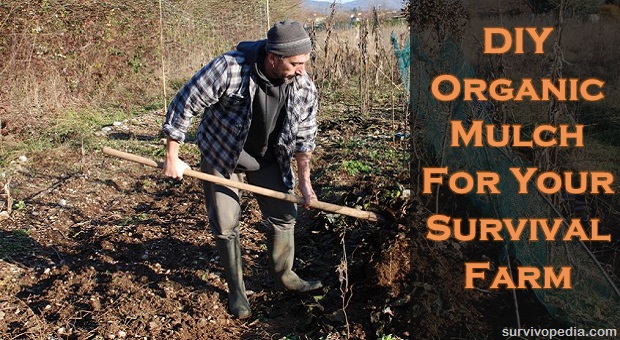

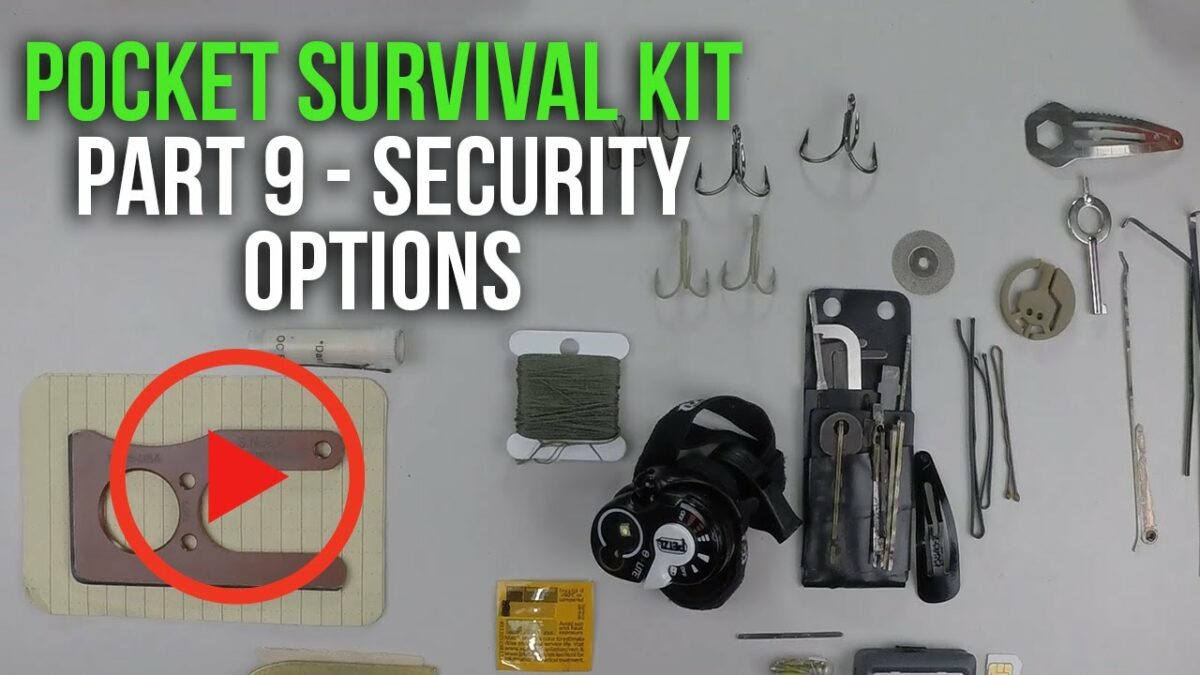
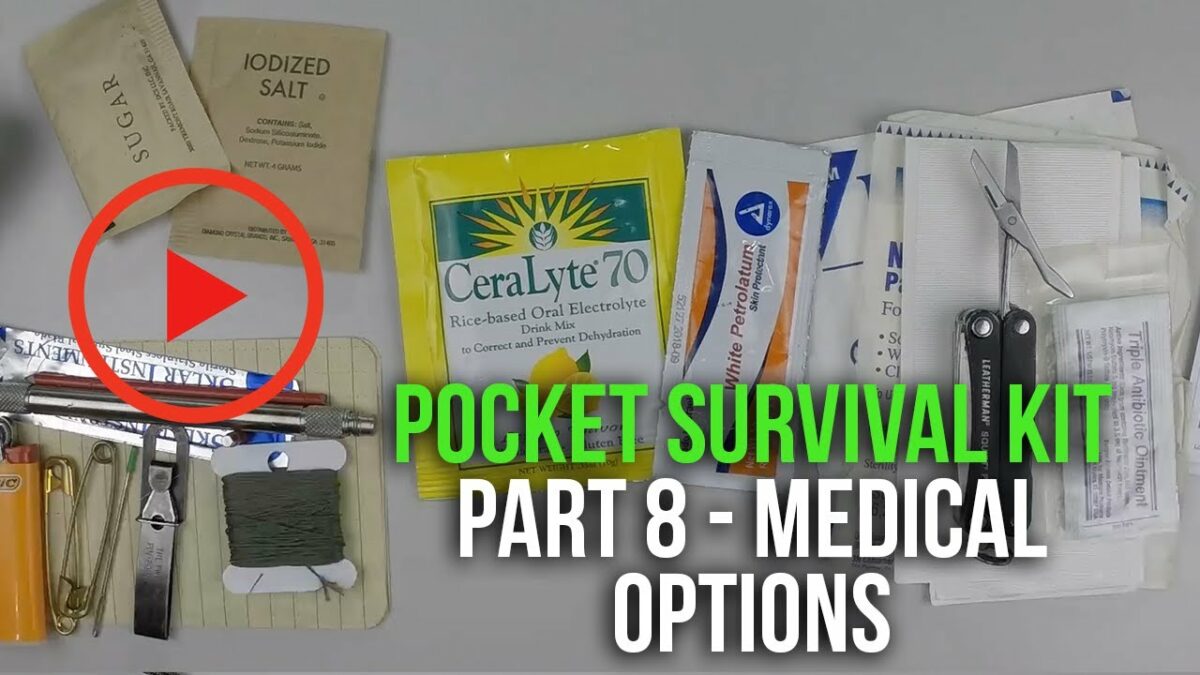
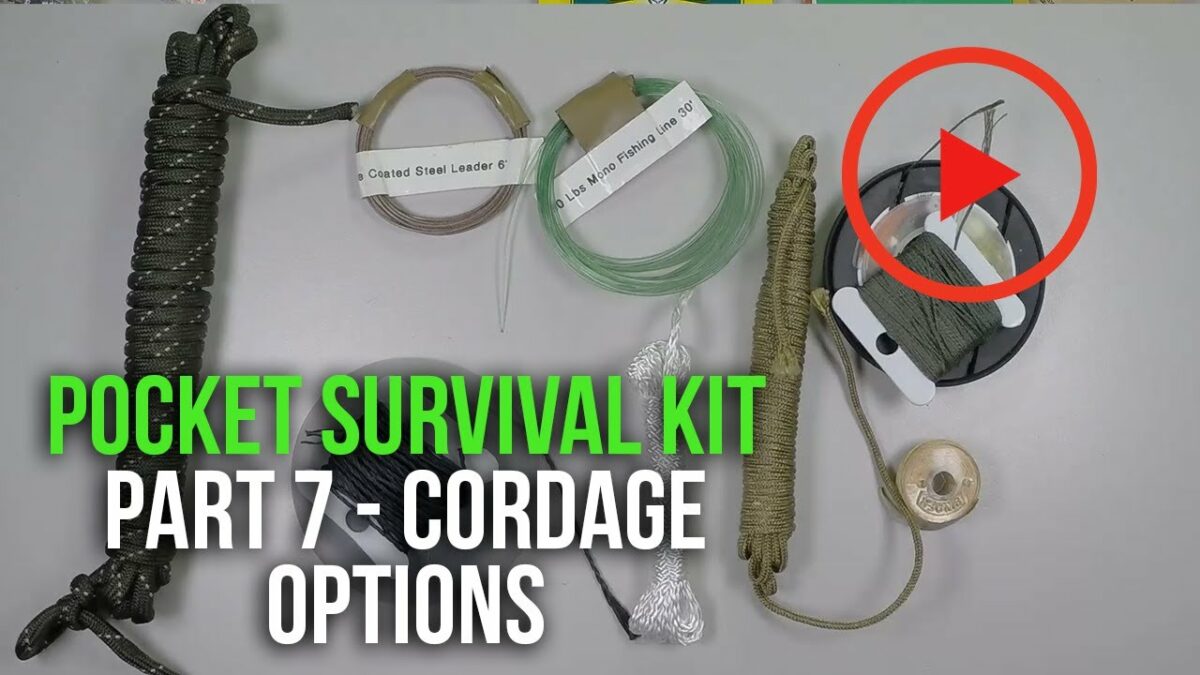
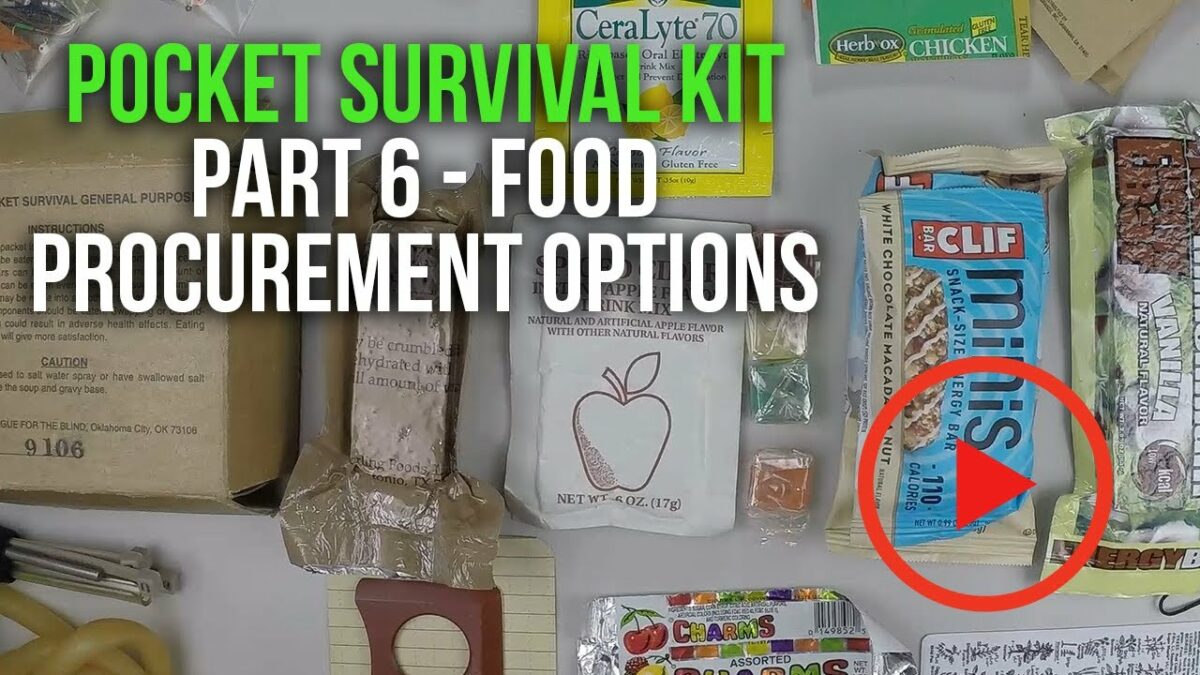


Pingback:DIY Organic Mulch For Your Survival Farm | Survivalist Basics | Be Prepared For Anything! | November 21, 2014
|
Pingback:DIY Organic Mulch For Your Survival Farm | TheSurvivalPlaceBlog | November 24, 2014
|
Great Grey | December 1, 2014
|
Hay can have a lot of weed seeds in it, depending on who grew it and where in the field it came from.
Pingback:Heating Using Compost? Why Not? | The Prepper Dome | February 27, 2015
|
Pingback:Heating Using Compost? Why Not? | Survival skills, survival guns, survival guide | February 27, 2015
|
Pingback:Heating Using Compost? Why Not? | WORLD ORGANIC NEWS | March 2, 2015
|
Pingback:Natural Weed Control For A Healthy, Weed-Free Garden | Survival skills, survival guns, survival guide | May 24, 2015
|
Pingback:Natural Weed Control For A Healthy Garden | The Prepper Dome | May 25, 2015
|
Pingback:Natural Weed Control For A Healthy Gardendisasterdefense.us | disasterdefense.us | May 25, 2015
|
Pingback:Top 10 Life Hacks For Your Homestead | Survival skills, survival guns, survival guide | May 31, 2015
|
Pingback:Top 10 Life Hacks For Your Homesteaddisasterdefense.usdisasterdefense.us | disasterdefense.us | May 31, 2015
|
Pingback:Smart Systems For Reusing Gray Water | Survival skills, survival guns, survival guide | June 26, 2015
|
Pingback:4 Smart Systems For Reusing Grey Waterdisasterdefense.usdisasterdefense.us | disasterdefense.us | June 27, 2015
|
Pingback:13 Tips For Building The Best Raised Beds-The Prepper Dome | July 4, 2015
|
Pingback:Fighting the Drought – How To Keep Your Garden Alive | Daily Advisor | October 19, 2015
|
Pingback:How To Remove Pesticides From Food - Prepper Dome | November 27, 2015
|
Pingback:Maintaining Fertile Cropland | Survivopedia | December 9, 2015
|
Pingback:20 Early Spring Edibles: How And When To Grow Them | Prepper's Survival Homestead | February 29, 2016
|
Pingback:Seasonal Care: Summer Tips for Your Garden - Home Flexibility | March 28, 2016
|
Pingback:Survival Gardening: How To Naturally Improve Your Soil | | disasterdefense.us | May 12, 2016
|
Pingback:Survival Gardening: How To Naturally Improve Your Soil | Prepper's Survival Homestead | May 12, 2016
|
Pingback:Off-Grid Mechanics: 8 Steps That You Need To Know - Prepper Dome | June 5, 2016
|
Pingback:Survival Gardening: How To Naturally Improve Your Soil - Prepper Dome | June 9, 2016
|
Pingback:Survival Tips To Make The Most Of Winter | Survivopedia | June 23, 2016
|
Pingback:Basic Survival Food From Your Garden: Corn | Prepper's Survival Homestead | June 24, 2016
|
Pingback:Survival Pharmacy: 9 Ways To Use Ginger For Your Health | Survivopedia | November 13, 2016
|
Pingback:Survival Gardening: How To Naturally Improve Your Soil | Survivopedia | July 27, 2017
|
Pingback:Relocating Before SHTF | Survivopedia | March 5, 2018
|
Pingback:Top 10 Early-Harvest Seeds (+ 3 Tips For Planting Them This Fall) | Survivopedia | October 18, 2018
|